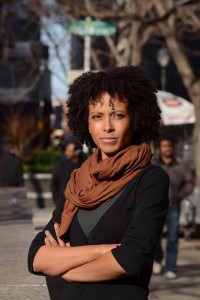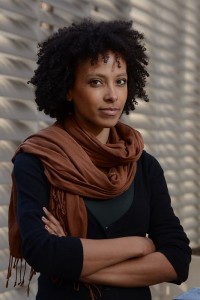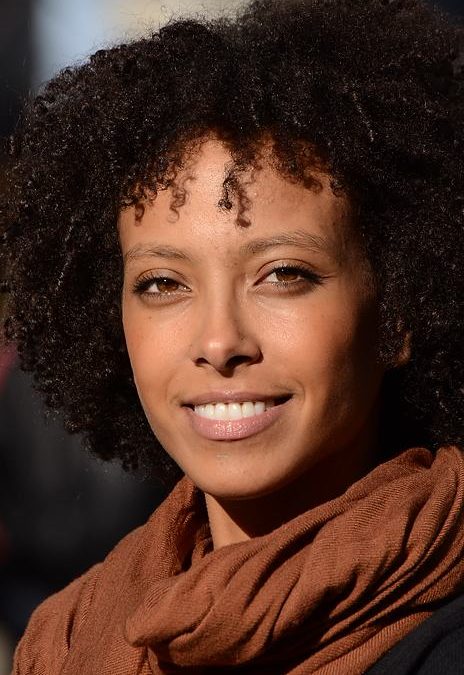Every workshop I teach, I preach “Subject, Light, Background.” Remembering those three simple words – thinking about them – will almost always improve your pictures. And they often help each other, so working on one can usually improve the others. Recently I was teaching a class in Philadelphia and had a chance to do a quick demonstration of that.
Subject: You need to know what your subject is, and more than that, think about how to make that subject stand out for the viewer. With a person, that usually means making them prominent in the picture. With a wide angle you can bring them in close, to be the foreground of the photo. Or use a telephoto lens to frame them tightly, which also makes them the dominant part of the picture.
 Light: Bright sunlight can be harsh, especially in mid-day when it’s high overhead. That usually results in harsh shadows, which can be nice for a graphic shot to emphasize line and shadow, but less so for human subjects. And, having the sun shining straight in a person’s face will often make them squint, which is never a good look. When photographing people, look for open shade, which results in soft light, which is much more pleasant. Or position your subject so the sun is behind them, using it as a backlight. In a situation like that, reflectors are a great way to add some directional light. Reflectors come in many shapes and sizes, but you can also sometimes find natural reflectors. On a trip to Turkey, our white bus was a great reflector, shining light into vendors’ stalls. In Philadelphia, glass windows in a nearby window reflected light into the model’s face, adding a nice touch of side light to the open shade we were working in.
Light: Bright sunlight can be harsh, especially in mid-day when it’s high overhead. That usually results in harsh shadows, which can be nice for a graphic shot to emphasize line and shadow, but less so for human subjects. And, having the sun shining straight in a person’s face will often make them squint, which is never a good look. When photographing people, look for open shade, which results in soft light, which is much more pleasant. Or position your subject so the sun is behind them, using it as a backlight. In a situation like that, reflectors are a great way to add some directional light. Reflectors come in many shapes and sizes, but you can also sometimes find natural reflectors. On a trip to Turkey, our white bus was a great reflector, shining light into vendors’ stalls. In Philadelphia, glass windows in a nearby window reflected light into the model’s face, adding a nice touch of side light to the open shade we were working in.
Background: The simplest way to think about backgrounds is to ask whether it helps or hurts the picture. Is it distracting? Too bright? Things sticking out of your subject’s head? If you can’t move or change your angle to get a better background, then try framing tighter, moving closer or zooming in. Minimizing the amount of background visible is one great  way to get rid of it. And controlling the background is one reason so many portraits are shot with telephoto lenses. You can easily throw the background out of focus by using a telephoto lens and being close to your subject (by minimizing depth of field), so even a busy background isn’t distracting.
way to get rid of it. And controlling the background is one reason so many portraits are shot with telephoto lenses. You can easily throw the background out of focus by using a telephoto lens and being close to your subject (by minimizing depth of field), so even a busy background isn’t distracting.
The more you think about Subject, Light and Background while shooting, the more you’ll realize just how important they are. And based on what you’re shooting, one or two of them often outweigh the third. That’s what happens to me when doing portraits like this. I already have my subject, so the light and background become the most important elements. Once I find them, it’s just a matter of dropping the subject into that spot, and the photo almost shoots itself.

